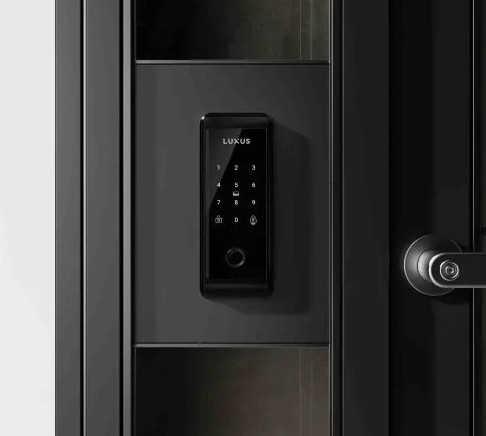In industries where sterilization is paramount—such as pharmaceuticals, biotechnology, medical device manufacturing, and food processing—autoclaves are critical tools. These high-pressure steam chambers ensure that equipment, tools, and products are free from microbial contamination. However, simply owning and operating an autoclave is not enough to guarantee sterility. One essential validation process that ensures consistent and accurate sterilization is autoclave temperature mapping.
What Is Autoclave Temperature Mapping?
Autoclave temperature mapping is a qualification process that involves monitoring and documenting the temperature distribution within an autoclave chamber during a sterilization cycle. The objective is to confirm that the temperature is uniform throughout the chamber and that it consistently reaches the required sterilization level. If temperature distribution is uneven or fails to reach the critical sterilization threshold, the sterility of the items inside can be compromised.
This mapping process is typically carried out using calibrated data loggers or thermocouples placed in strategic locations throughout the autoclave. These sensors record temperature readings throughout the cycle, highlighting any “cold spots” or areas where the temperature may not meet sterilization requirements.
Why Is Temperature Mapping Necessary?
There are several compelling reasons why autoclave temperature mapping is essential:
- Regulatory Compliance: Regulatory bodies such as the FDA (Food and Drug Administration), MHRA (Medicines and Healthcare products Regulatory Agency), and WHO (World Health Organization) require validation of sterilization equipment. Autoclave temperature mapping is a vital part of this validation process and ensures compliance with Good Manufacturing Practices (GMP).
- Quality Assurance: Ensuring consistent temperature distribution helps maintain high product quality and reliability. Whether you’re sterilizing surgical tools or pharmaceutical ingredients, uniform heat application is crucial for effective sterilization.
- Risk Mitigation: Undetected temperature variations can lead to the survival of harmful microbes, posing serious health risks. Mapping identifies inconsistencies that could compromise safety, allowing them to be addressed before contamination occurs.
- Performance Verification: Even a well-designed autoclave may develop performance issues over time due to wear, improper loading, or blocked steam traps. Regular temperature mapping verifies that the autoclave continues to perform as intended.
The Autoclave Temperature Mapping Process
A typical autoclave temperature mapping process involves several key steps:
- Planning: Identify critical load locations and define the type of sterilization cycle being tested (e.g., gravity displacement or vacuum-assisted). Determine the number and placement of sensors based on the autoclave’s size and configuration.
- Sensor Calibration: Ensure that all temperature sensors are calibrated and traceable to national or international standards to guarantee accurate readings.
- Data Collection: Run the autoclave through a full sterilization cycle while data loggers record the internal temperature at designated points.
- Analysis: Analyze the collected data to identify any temperature fluctuations or areas that do not meet sterilization criteria.
- Reporting: Prepare a detailed report outlining the methodology, data results, deviations (if any), and corrective actions taken.
Best Practices for Effective Mapping
To get the most out of autoclave temperature mapping, follow these best practices:
- Perform mapping during both empty and fully loaded cycles to understand how load configurations affect heat distribution.
- Conduct revalidation periodically, especially after repairs, relocations, or changes in load type.
- Use at least one reference sensor placed in the coldest area identified in previous mapping sessions.
- Document and archive results for audits and future reference.
Conclusion
Autoclave temperature mapping is more than just a regulatory requirement—it is a cornerstone of reliable sterilization practices. By ensuring that temperature conditions within the autoclave meet required specifications across the entire chamber, manufacturers can guarantee the sterility and safety of their products. This not only builds customer trust but also upholds critical health and safety standards in industries where sterility is non-negotiable.


